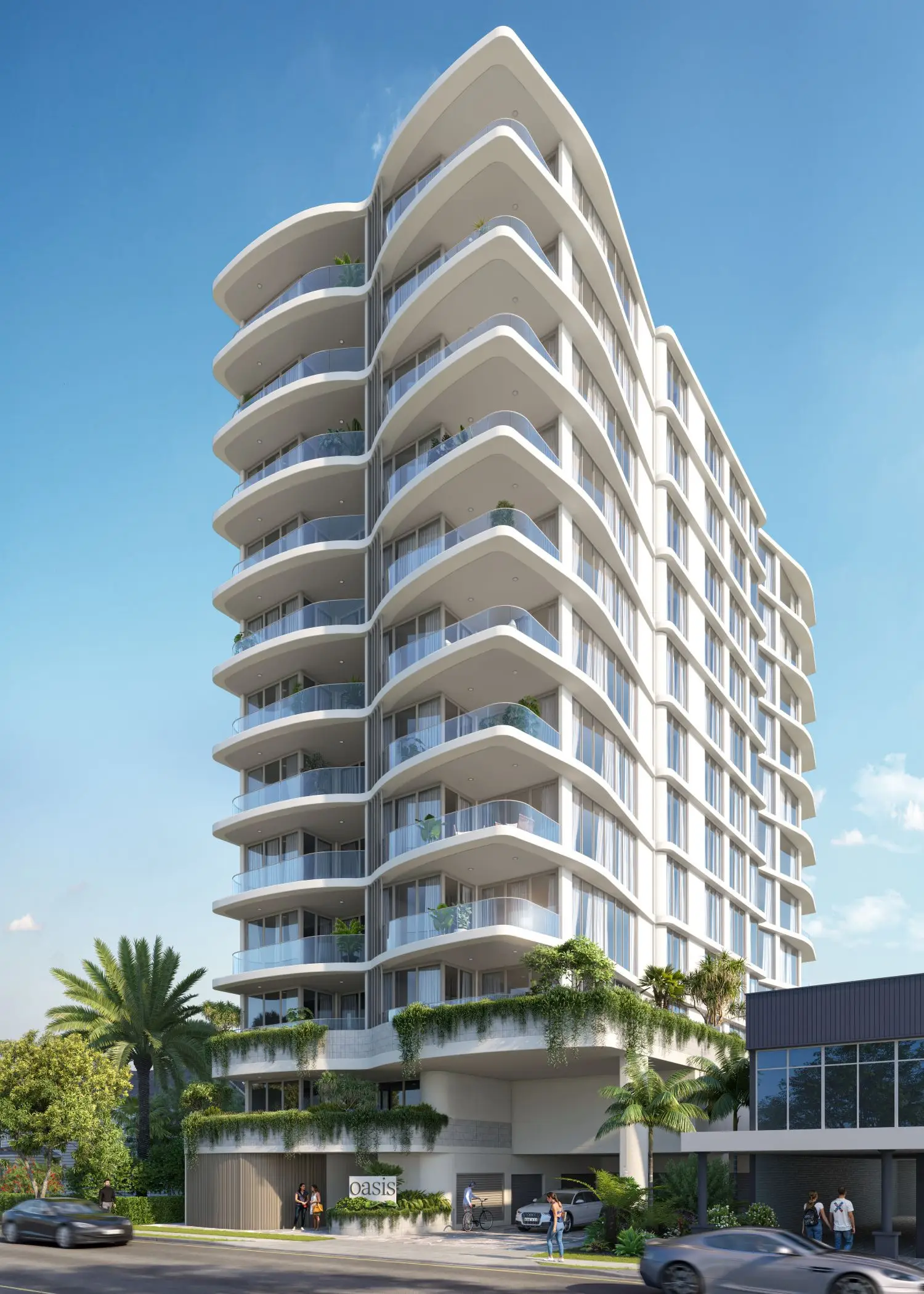
Apartment building insurance (also known as strata insurance or body corporate insurance) is a fundamental safeguard for apartment owners in Australia.
Whether you're a home owner, landlord or investor, understanding strata insurance can help you shield your property from a host of risks.
It provides financial protection for both the building structure and the individual unit owners against various risks.
There are primarily two types of insurance relevant to apartment buildings in Australia: strata insurance and contents insurance.
What is body corporate insurance?
Strata insurance, also known as body corporate insurance, is mandatory for most multi-unit complexes. It covers the building structure, common areas and shared facilities, such as lifts, pools, gymnasiums, stairwells, driveways and car parks.
Typically, the owner of a unit would contribute to shared insurance costs through their body corporate fees.
This type of insurance protects against damage caused by fire, storms damage as well as liability claims arising from accidents on common property.
How does contents insurance work?
Contents insurance, on the other hand, is optional and covers the personal belongings within individual units. It protects against loss or damage to furniture, appliances, electronics and other valuables.
Contents insurance is taken by the individual apartment owners.
While strata insurance covers the building itself, contents insurance safeguards the contents of each unit from risks such as theft, fire and water damage.
Premium factors
Several factors influence the premium for strata insurance. The building's age, location and maintenance history are key considerations.
Older buildings may have higher premiums due to increased risks of structural issues. Buildings located in areas prone to natural disasters, such as cyclones or earthquakes, will likely have higher premiums as well.
The size of the building, the number of units, and the presence of shared facilities also affect the premium.
What does strata insurance cover?
Strata insurance typically covers a wide range of risks, including:
- Natural disasters: This includes events like storms, floods, cyclones, earthquakes, and bushfires.
- Fire: This covers damage caused by fire, smoke, and water used to extinguish the fire.
- Theft: This includes the theft of property from common areas and shared facilities.
- Vandalism: This covers damage caused by malicious acts.
- Public liability: This covers claims made against the body corporate for accidents or injuries that occur on common property.
Optional extras
In addition to these core coverages, strata insurance policies may also include optional extras, such as:
- Glass insurance: This covers damage to glass panels, windows and doors.
- Plant and equipment insurance: This covers damage to machinery and equipment used in the building.
Several factors influence the premium for strata insurance, including:
- Building age: Older buildings may have higher premiums due to increased risks of structural issues.
- Location: Buildings located in areas prone to natural disasters or high crime rates will likely have higher premiums.
- Construction materials: Buildings constructed with fire- resistant materials or advanced security features may have lower premiums.
- Building size: Larger buildings with more units will generally have higher premiums.
- Shared facilities: The presence of shared facilities, such as pools or gyms, can increase the premium.
- Claims history: Buildings with a history of insurance claims may have higher premiums.
It is essential for apartment building owners to carefully review their insurance policies to ensure adequate coverage. The policy should clearly outline the specific risks covered, the limits of liability, and any exclusions.
Regular reviews are necessary to ensure that the policy remains aligned with the building's changing needs and values.
Strata insurance plays a vital role in protecting both the building structure and the individual unit owners.
By understanding the different types of insurance and the factors affecting premiums, apartment building owners can make informed decisions to ensure adequate financial protection.


